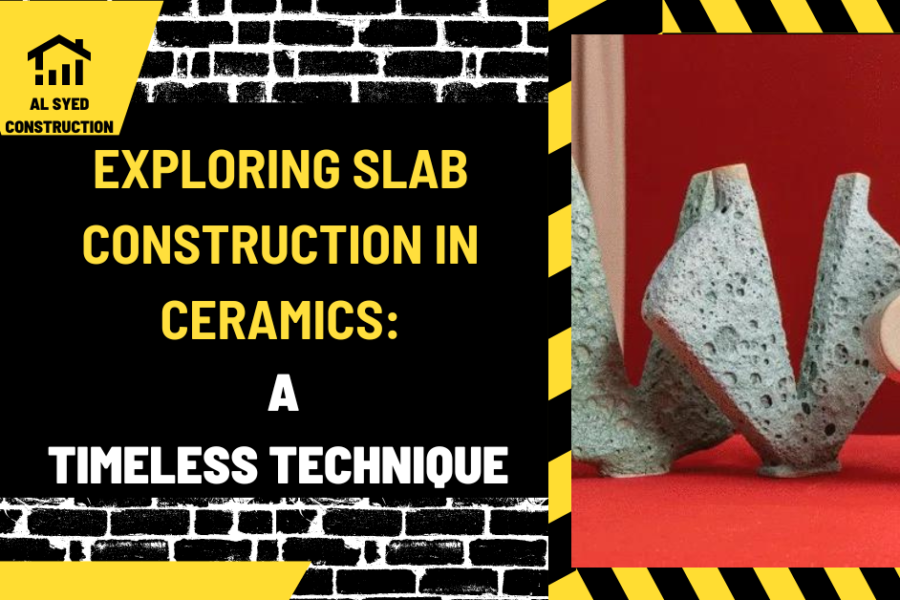Exploring Slab Construction in Ceramics: A Timeless Technique
Slab construction is a versatile and widely used method in the realm of ceramics, allowing artists to create a myriad of forms ranging from simple plates to intricate sculptures. This article delves into the essence of slab construction in ceramics, its techniques, applications, and the creative possibilities it offers to ceramists.
The Basics of Slab Construction
Slab construction involves the creation of flat, even sheets of clay, known as slabs, which are then cut and assembled to form various shapes and structures. This technique is favored for its simplicity and flexibility, as it allows for the construction of both geometric and organic forms. Slab construction can be executed using various methods, including rolling out slabs with a rolling pin or using a slab roller for more uniform thickness.
Techniques and Tools in Slab Construction
The process of slab construction begins with wedging the clay to remove air bubbles and ensure consistency. The clay is then rolled out to the desired thickness and cut into shapes using templates or freehand cutting. Slip or scoring techniques are used to join the edges of the slabs, ensuring a strong bond. Tools such as rolling pins, rib tools, and wire clay cutters are essential in achieving precise and smooth slabs.
Applications of Slab Construction
Slab construction is employed in creating a wide range of ceramic objects, from functional ware like dishes and vases to decorative pieces and architectural elements. The technique’s adaptability allows ceramists to experiment with form, texture, and size, making it a popular choice for both traditional and contemporary ceramic art.
The Artistic Potential of Slab Construction
The true beauty of slab construction lies in its ability to transform a simple sheet of clay into a complex, three-dimensional form. Artists can manipulate slabs by bending, folding, or draping them over molds to create unique shapes. Surface treatments such as carving, stamping, or applying glazes further enhance the aesthetic appeal of slab-constructed ceramics.
Conclusion
Slab construction in ceramics is a fundamental technique that provides a foundation for creativity and innovation in the field. Its versatility and accessibility make it a favored method among both novice and experienced ceramists. By mastering slab construction, artists can explore the endless possibilities of clay and bring their imaginative visions to life in tangible, enduring forms.




